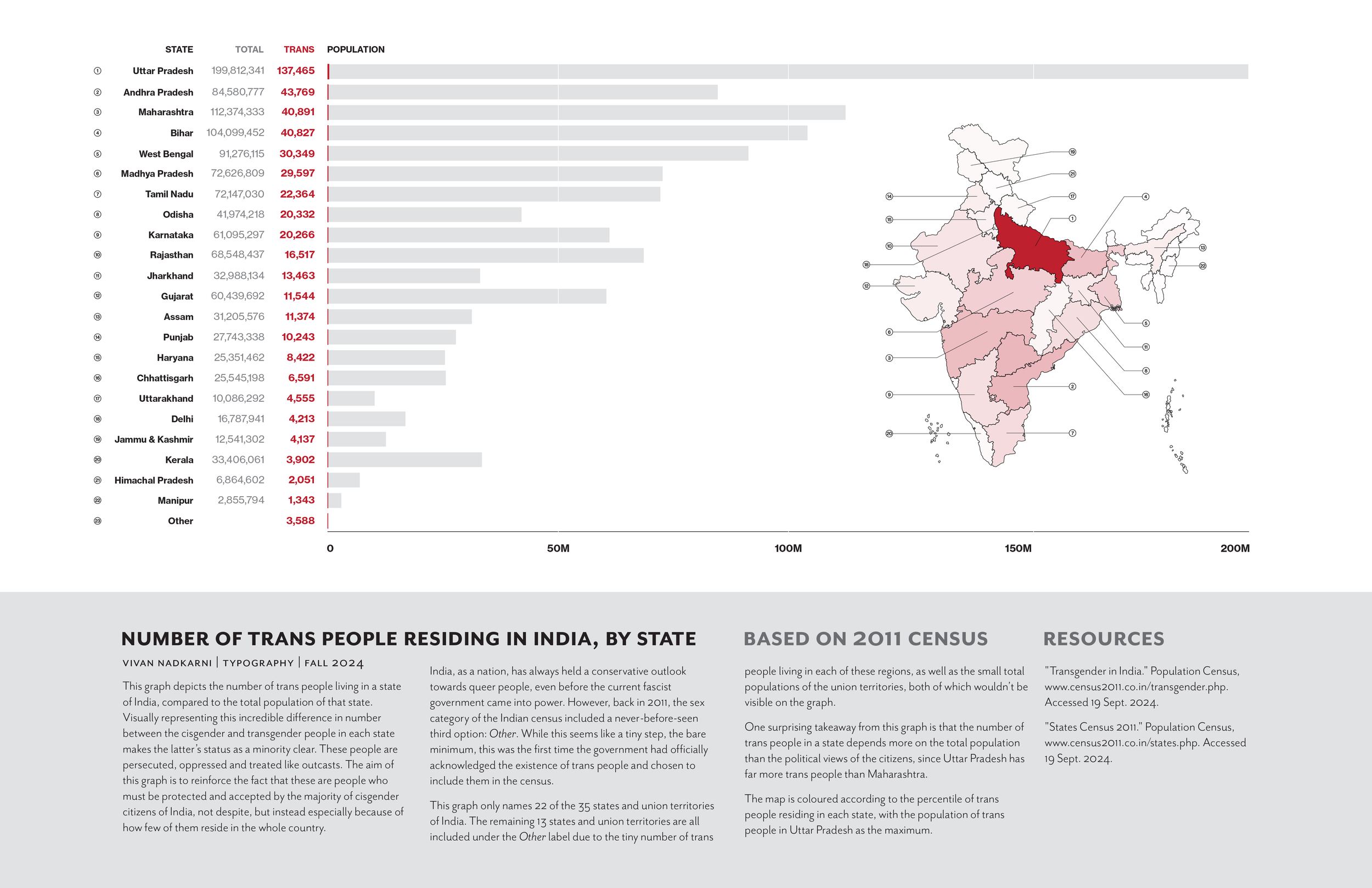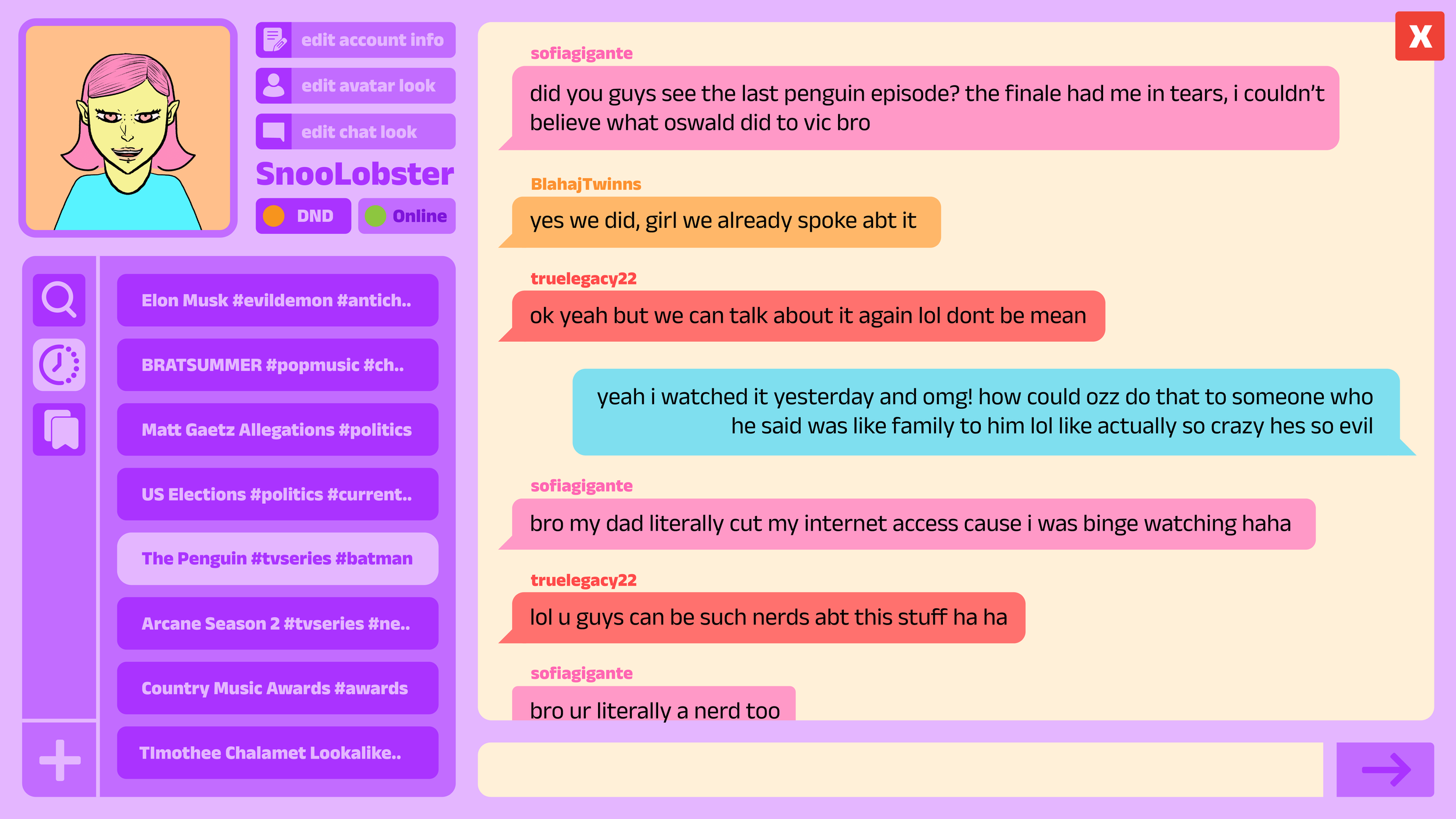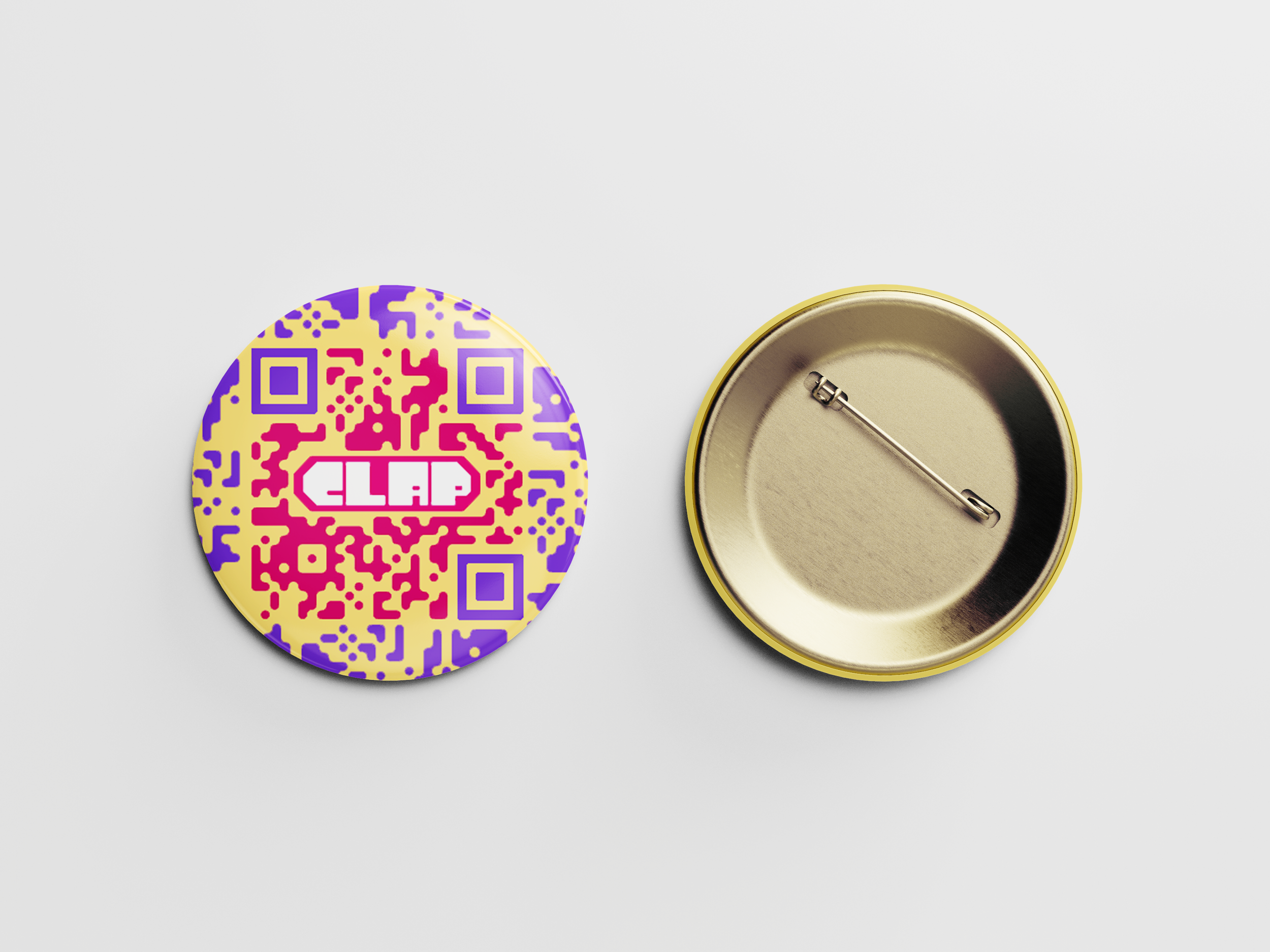INFOGRAPHIC DESIGN
SCHOOL PROJECT
CLAP: Comprehensive Research and a Potential Solution
Comprehensive research documenting the history of and larger context within which the trans community residing in India today exists, identifying the lack of community-building resources for them, and proposing a potential solution to said problem.
The research document linked above begins with a short introduction to the topic and how it links to me. I have personally seen the discrimination my trans and non-binary friends face, even in urban settings. This led me to choose to research the larger trans community in India, which has lived in a hostile, unwelcoming society for the last century or so. However, examining the documented history of trans people in India revealed that this was not always the case. Back in the Vedic period, and through Mughal rule, trans people were accepted members of society, not marginalized or discriminated against in the same way they are today. It was only with the colonization of India and the adoption of the backward Victorian outlook towards trans people by Indian society that the treatment of trans people took a sharp turn for the worse.
The document then delves deeper, with a stacked bar graph comparing the transgender and cisgender populations in each state, to illustrate just how much of a minority they are in India. It then moves on to an interactive timeline built using HTML, CSS, and Javascript code, that documents the history of the trans community of India from their earliest known mentions in Hindu mythology to the present day. The document then moves onto a series of maps that explain the location of NGO Trans
shelters established with support from the government of India. The series includes a map of the distribution of the trans population in India, a map of the pro-trans legislature passed in each state, a map of the nomenclature for trans people across the Indian subcontinent, and a map of the twelve trans shelters. The other three provide important context that explains the locations of the shelters in the fourth map.
The document then highlights existing resources for the trans community, all of which have been incredibly important to the continued survival of the trans community in India, while showing a clear lack of resources for larger community building across state borders. To rectify this problem, it proposes the CLAP system. CLAP comprises a website and app, which both consist of a chatroom and a resource center. The resource center curates a selection of the most relevant queer news across the globe. The chatroom requires users who want to access it to verify government-issued IDs to prove they are at least 18 years of age. It has several channels to discuss important issues, as well as silly relevant pop cultural topics, all of which are strictly moderated. The chatroom is completely anonymous but features extensive avatar customization so users can still freely express themselves.






